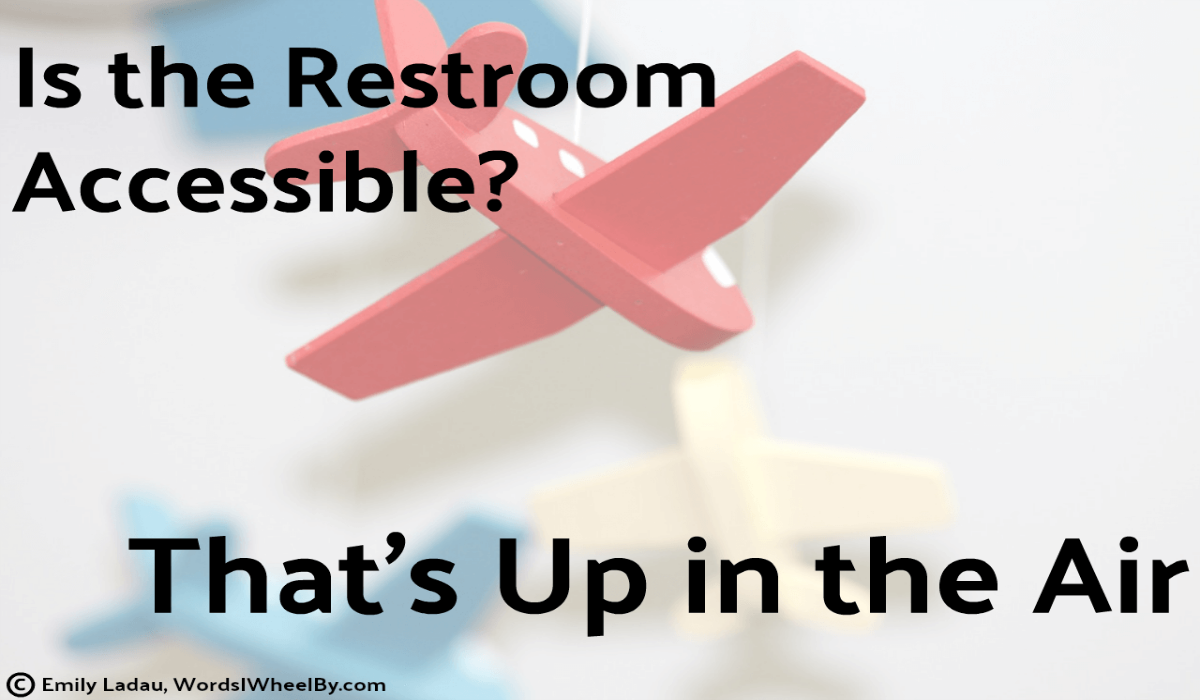Years ago, as I was growing into a stronger sense of disability identity and gaining a deeper understanding of ableism, I read an article that scared me out of my mind. Dr. James Levine, a Mayo Clinic endocrinologist, sounded the alarm on sitting: “There’s a glob of information that sitting is killing us…You’re basically sitting yourself into a coffin.” I know the science is real about how sitting too much poses health risks, but I’m tired of being told my wheelchair is just a ticket to an early grave. Articles on potential health problems caused by sitting almost always focus on solutions suited to people without mobility limitations. Rarely do I see detailed fitness resources for people who sit on the regular (like me), so I’m going to share a round up of my favorite free chair exercise videos.
Keep in mind that just because the exercises are done a certain way in these videos, nothing is set in stone. Adapt as needed. Also, note that some of these require inexpensive exercise equipment like resistance bands or dumbbells. And these videos aren’t just for wheelchair users. Seated exercise can be ideal for people at any fitness level. Especially now that we’re in the midst of a pandemic and going to the gym isn’t an option, I hope these videos help you start or shake up your exercise routine.
Most importantly, be gentle with yourself. Don’t pressure yourself to exercise. Do what feels right for you and your body.
(Disclaimer: I’ll be honest…some of the disability-related language in these videos isn’t great, but I’m trying to include a wide range of options.)
1) If you want a good kick in the butt, Caroline Jordan is your girl. Her upbeat attitude makes me feel like I have a personal trainer in my living room. Click here for her full playlist of chair workouts.
2) Pahla Bowers is super down-to-earth and relatable, which makes her workouts enjoyable, even though they’re tiring. Click here for her full playlist of chair workouts.
3) SparkPeople’s videos are short and sweet, and Coach Nicole is really easy to follow.
– Seated Cardio Workout: Burn Calories Exercising from a Chair
– Seated Abs Workout: Chair Exercises for Your Core
– Seated Upper Body Toning Workout: Chair Strength Training Exercises
– Resistance Band Workout
4) KymNonStop is a barrel of energy and her running commentary keeps me entertained while I’m working out.
– Intense Seated Workout
– Seated Cardio Boxing Workout
– Cardio & Core Seated Workout
– Seated Circuit Workout
– Challenging Seated Workout
5) HASfit offers videos that demonstrate workouts for varied abilities, including some that show seated and standing variations of the same exercises.
– Chair Exercises Sitting Down Workout
– Standing & Seated Exercise
6) Chair Workouts with Donovan Green are power-packed and totally energizing. Click here for his full playlist of chair workouts.
7) Jessica Smith’s chair exercise videos make you feel like you’re on a gym date with a friend.
– Chair Workout I + II (seated cardio, strength, fat burning low impact exercise)
– Chair Stretch (quick stretch, seated exercise)
– Seated Exercises for Abs, Legs, Arms
8) Fuzion Fitness with Alexis is great for anyone looking for a slightly more relaxed workout. Plenty of good vibes in the background music.
– Chair Workout #1
– Chair Workout #2
9) Fair warning: Paul Eugene’s videos can come across as overly enthusiastic, but they’re secretly kind of fun.
– Turbo Chair Workout
– Sit and Get Fit
10) Lucy Wyndham-Read’s video style is helpful because she puts a description of each set of reps on the screen and also gives you previews of what moves are coming up next. Click here for her full playlist of chair workouts.
11) If you’re in the mood for a good 1980’s workout routine, Lisa Ericson has you covered.
– Seated Aerobic Workout
12) Adapt to Perform’s YouTube channel is a goldmine of workout videos from Ben Clark, who is a wheelchair user. Click here to check out his channel.
Any good chair exercise videos that I missed in this list? Or do you have other ways that you like to adapt exercise routines? Share so we can keep moving!





